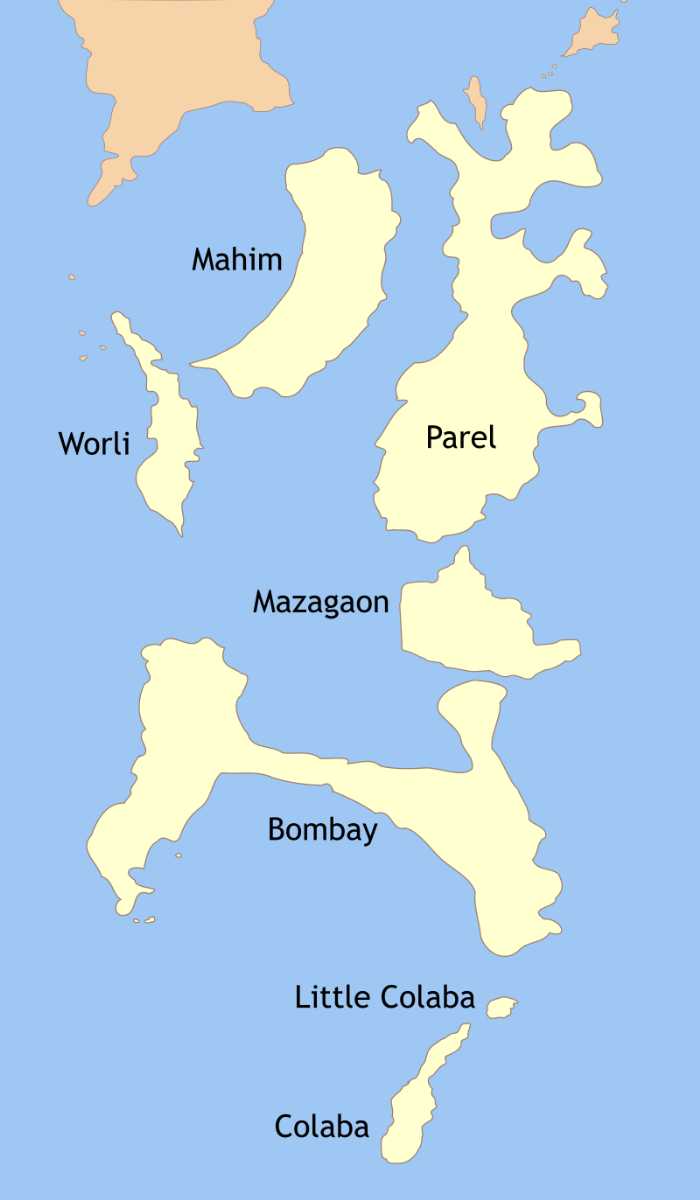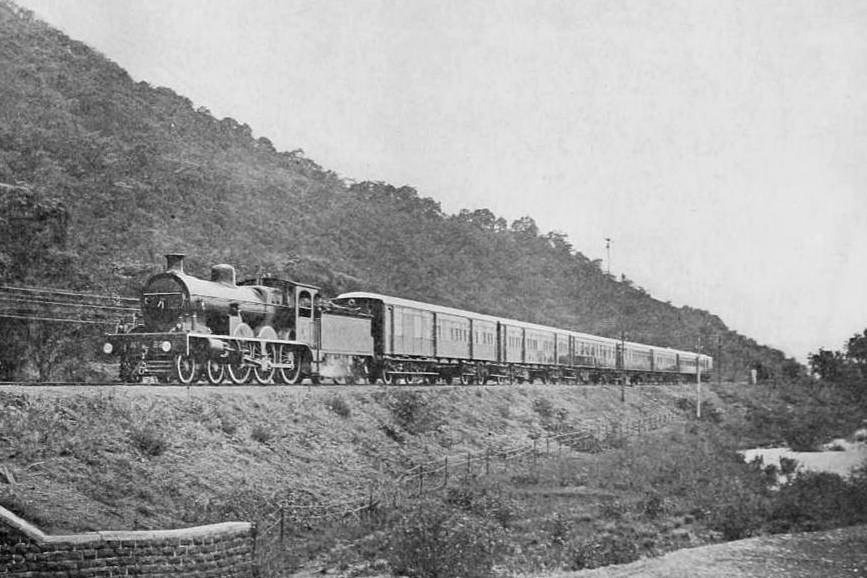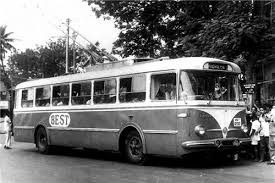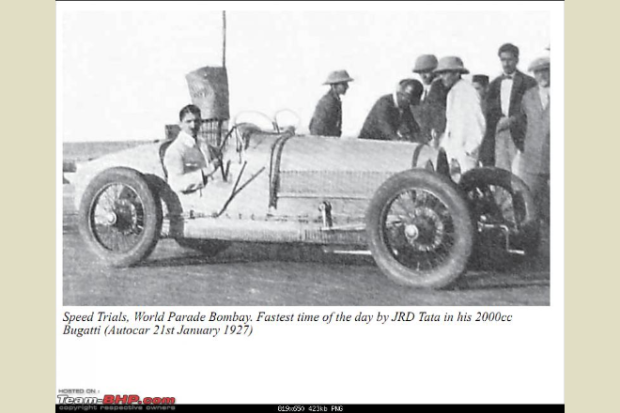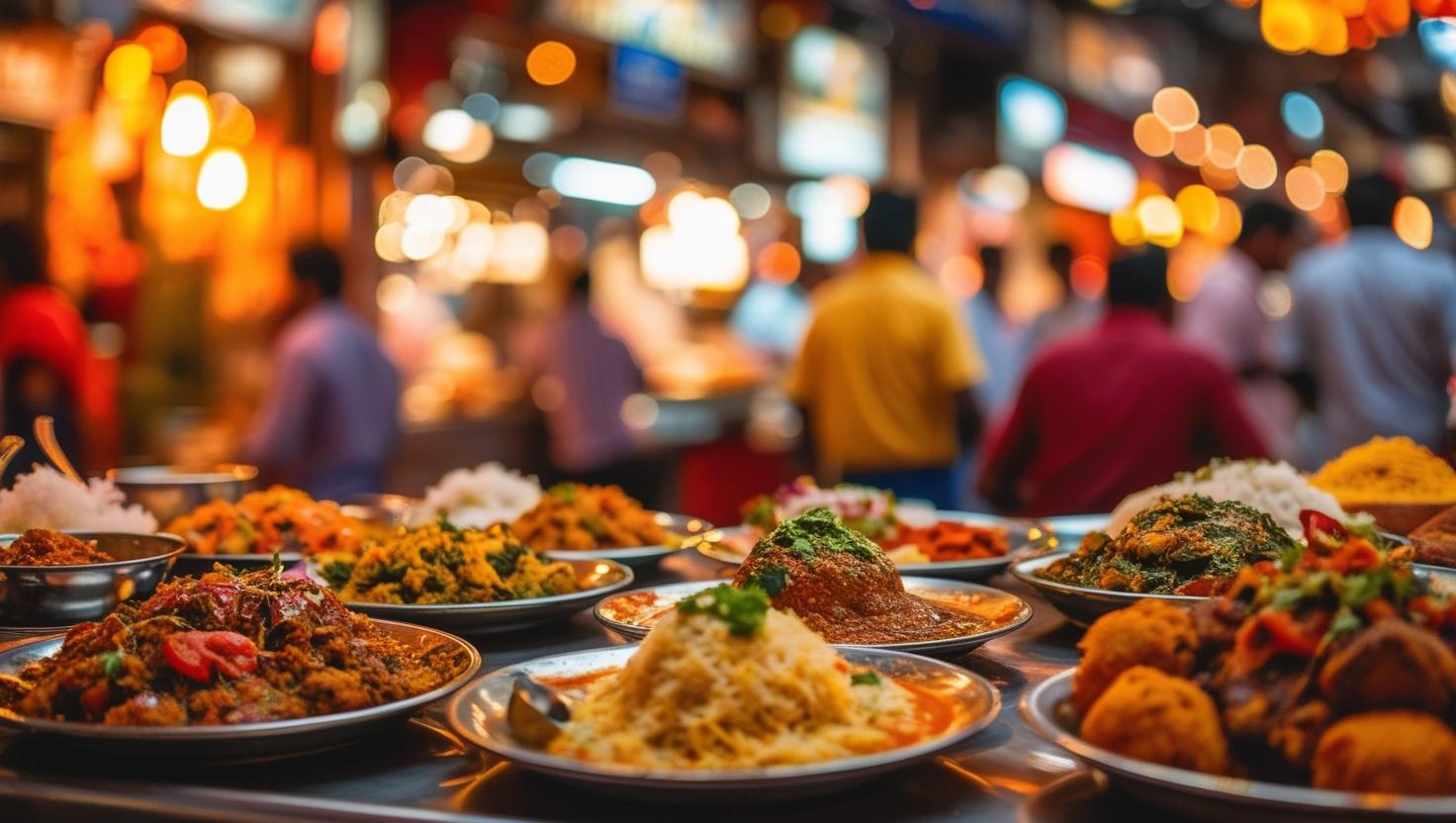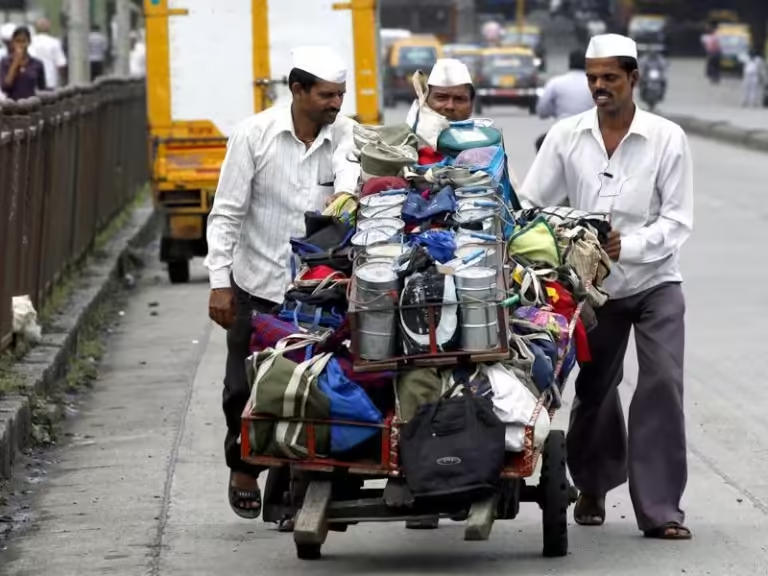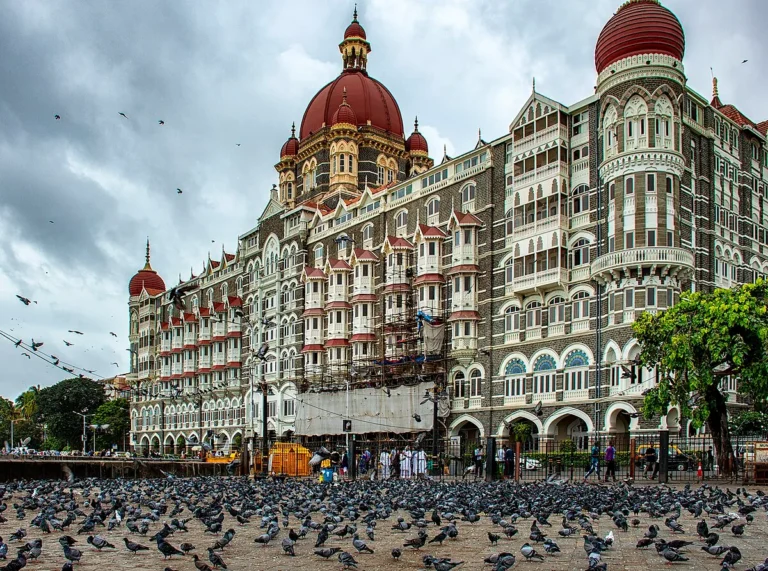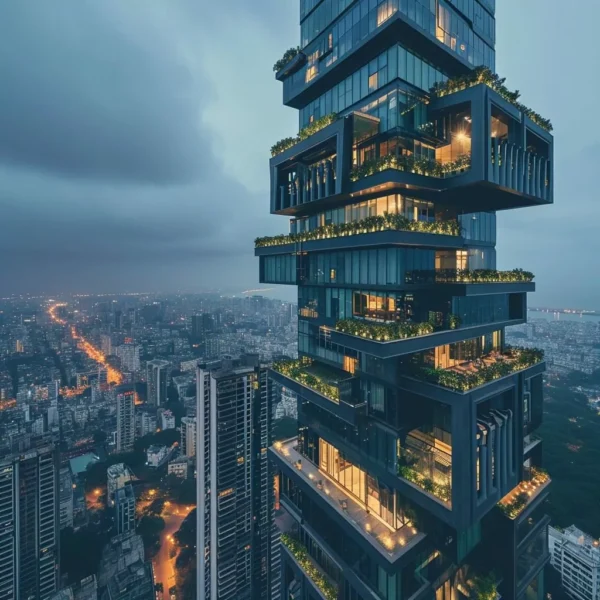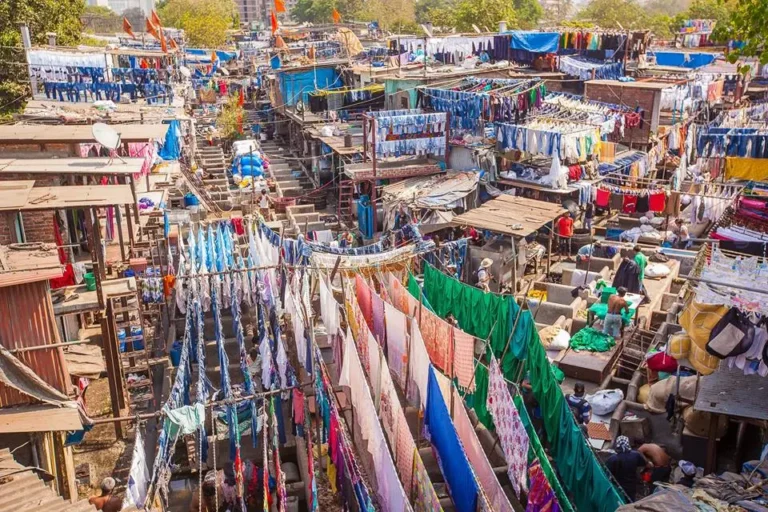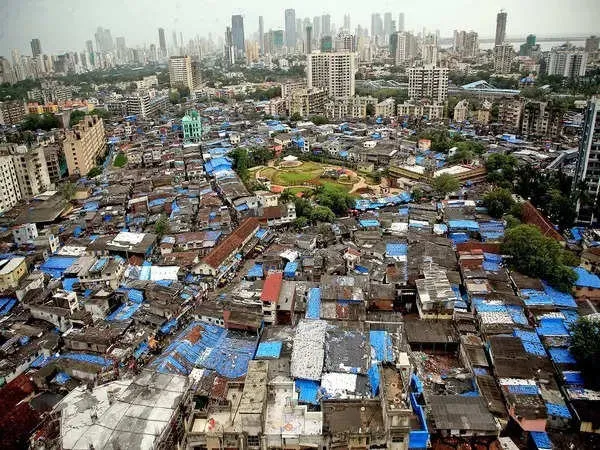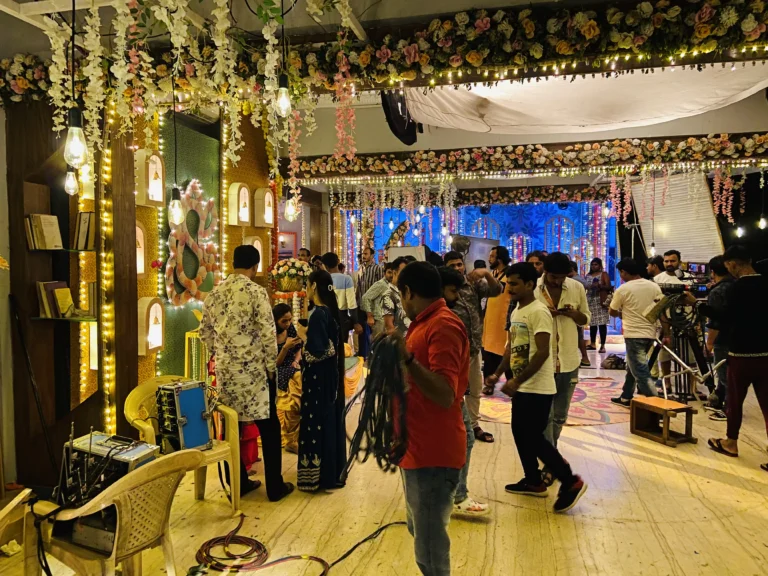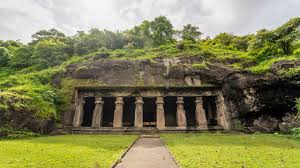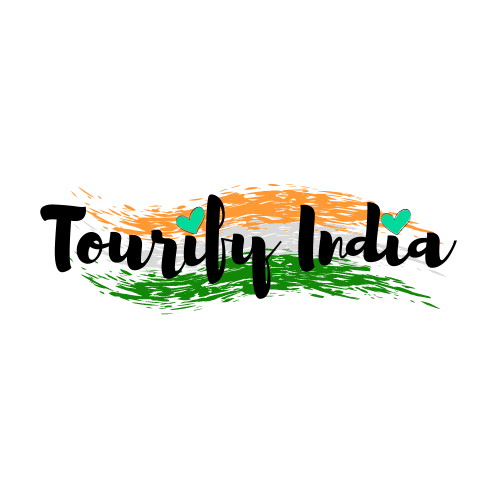Introduction: Discovering Mumbai Through Fascinating Facts
Mumbai, the ‘City of Dreams,’ is a modern metropolis that blends modernity, culture, and history. The secret treasures and lesser-known facts about Mumbai that give the city a distinct personality are just as captivating as the city’s crowded streets and well-known landmarks.
Mumbai is the capital of the Indian state of Maharashtra. Until 1955, the official name was Bombay. The name came from the Portuguese writer Gaspar Correia, who called the place “Bom Baim,” meaning “good little bay.” The Government of India officially changed the English name to Mumbai in November 1995. The name Mumbai is derived from the local deity, Mumba Devi. Let’s discover 19 fun facts about Mumbai that showcase the city’s diverse attractions and distinct personality.
Mumbai is famous for various factors that highlight its lively culture, rich past, and stunning architecture. From its legendary street food and Bollywood film industry to its unique geographical formation of seven islands, these fascinating facts will help you understand what makes Mumbai truly special for travelers.
What is Mumbai Famous for?
Mumbai is well-known for several distinctive features:
Food:
Mumbai is a food lover’s paradise, with many mouthwatering dishes to suit every taste. Its culinary culture is a mixture of tastes and influences, from famous street food like Vada Pav, Pav Bhaji, and Bhel Puri to the delicious seafood at restaurants along the coast.
Culture:
Mumbai’s cultural tapestry is woven with tradition, art, and entertainment threads. The city is the heart of India’s film industry, Bollywood, attracting aspiring actors and filmmakers nationwide. Beyond Bollywood, Mumbai is a hub for arts and entertainment, with vibrant music, dance, and theatre scenes that showcase the city’s creative spirit.
Rich History:
Mumbai’s history is a mix of trade, cultural interaction, and conquests that have molded the city into the thriving metropolis it is today. Every area of the city reveals a piece of its history, from the historic rock-cut caverns of Elephanta Island to the colonial-era structures of South Mumbai.
Historical and Cultural Facts About Mumbai
Mumbai is home to multiple UNESCO World Heritage Sites
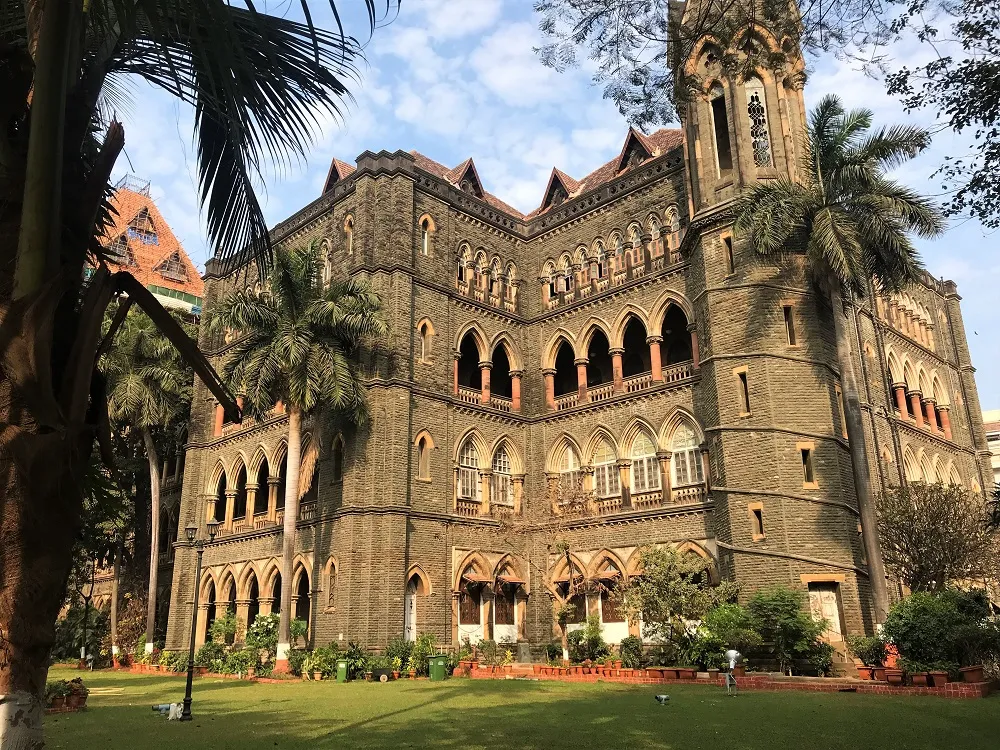
Among the interesting facts about Mumbai is that it is a popular travel destination with many fascinating sites. Its three UNESCO World Heritage Sites are one of the city’s main attractions. These heritage sites include the Elephanta Caves, the Shivaji Terminus (also called the Victoria Terminus), and several Victorian-era-inspired deco structures. A Mumbai fun fact about the Elephanta Caves is that they are renowned for their intricate rock-cut sculptures of Hindu deities, offering a glimpse into Mumbai’s ancient artistic heritage. These UNESCO World Heritage Sites attract thousands of tourists annually, showcasing the city’s rich cultural and historical significance.
Mumbai is named after a local deity
Mumba originates from the local patron deity, Mumba Devi. The term combines “Mumba,” representing the goddess, and “aai,” which means “mother,” translating to “Mother Mumba.” This is one of the intriguing Mumbai facts that showcases the city’s deep cultural and spiritual heritage. The city’s name is a tribute to its local traditions, symbolising the enduring influence of its roots on modern Mumbai. These things about Mumbai highlight the strong connection between the city’s name and its historical identity, reinforcing its spiritual and cultural legacy.
Made up of Seven Islands
Mumbai and its locations are unique. Unlike other cities, Mumbai is made up of seven islands that were united to make the city a whole. These islands include Colaba, Mahim, Parel, Worli, Isle of Bombay, Little Colaba, and Mazagaon. Among the fascinating facts about Mumbai is this unique geographical formation, which has shaped the city’s diverse culture and vibrant atmosphere. Over time, land reclamation has expanded these islands, transforming Mumbai into one of the most populous and economically significant cities in the world.
Birthplace of The Jungle Book Author
The story of “The Jungle Book” is well known. Everyone loves it, and it is prevalent everywhere. The Nobel Prize winner Rudyard Kipling wrote this work. Interestingly, he was born on December 30, 1865, in Mumbai. Even though the author’s birthplace changed over time, the J.J. School of Art in Mumbai still retains the remains of his original residence. Kipling’s connection to Mumbai adds a unique literary legacy to the city’s rich history.
First-Ever Indian Railway Line Construction By Women
In 1863, an Englishwoman named Alice Tredwell constructed the Mumbai-Pune railway line. Originally a photographer and railway contractor, she was also known as the wife of English railway contractor Solomon Tredwell. Alice Tredwell made history as the first woman to enter the railway construction business in India. Her groundbreaking achievement was a significant milestone in India’s infrastructure development. These unknown facts about Mumbai demonstrate the city’s early commitment to breaking gender barriers in fields traditionally dominated by men.
Mumbai was the first to start a bus service in India
Mumbai is renowned for its extensive and efficient transport services. The city’s bus service, first introduced here, has evolved significantly. Today, BEST buses transport over 5 million passengers daily, highlighting their crucial role in the city’s public transportation system. This reliable service is integral to Mumbai’s bustling, fast-paced life, providing essential connectivity for millions of commuters.
First Car Owner
The founder of Tata, Sir Jamshedji Tata, was the first car owner in India. Nobody before him had the privilege of having a car. He was a Mumbai resident, making Mumbai the first city to own a car in India. Among the interesting facts about Mumbai, this tidbit showcases the city’s historical significance and role in introducing modern advancements to the country.
Food Facts About Mumbai
Street Food Paradise
Mumbai’s street food is world-famous, with people often enjoying complete meals at these food stalls. Some famous street foods include vada pav, misal pav, pani puri, and keema pav. Any Mumbaikar would agree that the street food here often surpasses the quality of food served in restaurants. The vibrant food culture is deeply rooted in the city’s daily life, offering a quick, affordable, and delicious dining experience. From spicy chaat to sweet treats, these street food vendors offer an authentic taste of Mumbai’s diverse culinary heritage.
Best Supply Chain Management – The Dabbawalas
The dabbawalas have been delivering home-cooked food in Mumbai for over a hundred years and are the best at what they do. Most office workers prefer home-cooked meals, and the dabbawallas have perfected the delivery system. One of the amazing facts about Mumbai is the exceptional efficiency of the dabbawalas. There are over 5,000 dabbawalas, divided into 200 teams of 25 people each, managing everything from pick-up to delivery. Forbes even awarded them a Six Sigma rating for their quality.
Architectural and Urban Facts About Mumbai
1st Five Star Hotel
India’s first five-star hotel, the Taj Mahal Palace, located in Colaba, Mumbai, is significant in the country’s hospitality history. Commissioned by Jamsetji Tata and opened on December 16, 1903, the Taj Mahal Palace set a new standard of luxury and elegance in the hotel industry. An interesting facts about Mumbai iconic Taj Mahal Palace is that it was one of the first hotels in India to offer electricity, a symbol of the hotel’s forward-thinking and modern approach.
Mumbai is home to the world’s most expensive house
Mumbai is home to the world’s most expensive private residence, Antilia, named after a mythical island. This 27-story skyscraper mansion belongs to Mukesh Ambani, owner of India’s most valuable company. The house features a 168-car garage, 9 high-speed elevators, a spa, a 50-seat theater, a snow room, and a ballroom. Valued between USD 1 to 2 billion, Antilia is located on Altamount Road, also known as Billionaires Row.
The Bandra-Worli Sea Link
The Bandra-Worli Sea Link in Mumbai is a marvel of modern engineering, celebrated for its stunning aesthetic appeal and robust construction. This impressive bridge spans the Arabian Sea, connecting the bustling suburbs of Bandra and Worli, and has become an iconic symbol of the city’s infrastructural prowess. The sea link has significantly reduced travel time between the two areas, improving connectivity and easing traffic congestion.
Mahalaxmi Dhobi Ghat
Among the interesting facts about Mumbai is Mahalaxmi Dhobi Ghat in Mumbai is the largest open-air laundry in the world. Here, countless laundrymen from across the city come to wash clothes. At any given time, more than 8,000 laundrymen can be seen working at the 700 stone-washing platforms. In 2011, it won a Guinness World Record for “most people hand-washing clothes simultaneously at a single location.”
Asia’s largest slum, Dharavi
Mumbai is home to the biggest slums in Asia. Despite the harsh circumstances, Dharavi has produced highly skilled individuals who have brought honour to the city and the slum. Some incredibly gifted people here have participated in, won, and received praise from several world-wide championships. If you take a Dharavi slum tour, you will know why Dharavi brings in business worth billions of dollars.
Primary Scientific Institutes
Mumbai is home to highly recognised research institutes like the Bhabha Atomic Research Centre and the Department of Atomic Energy. These esteemed institutions are at the forefront of scientific research, making significant contributions to advancements in various fields. This lesser-known yet fascinating aspect of the city’s achievements adds to the list of Mumbai fun facts that make this metropolis stand out globally.
Fun Facts About Bollywood and Arts in Mumbai
Film City: The Art of Bollywood
Mumbai Film City tour, also known as Dadasaheb Phalke Chitranagari, is the heart of Bollywood, India’s prolific film industry. Spanning over 520 acres, it houses numerous studios, outdoor sets, and advanced production facilities, making it one of the largest film production centers in the world. With over 1,000 films being shot here each year, it has become a global icon for movie lovers and filmmakers alike. Such unique facts about Mumbai make the Film City a must-visit destination, showcasing the city’s undeniable influence on the world of cinema.
Mumbai is the Alpha World City
Mumbai is a well-connected city in India and holds a significant position globally. As one of the fascinating Mumbai facts, its status as an Alpha World City highlights its importance in connecting India to the rest of the world. It is a primary link for international trade, finance, and cultural exchange. With its bustling ports, major financial institutions, and vibrant cultural scene, Mumbai is vital in connecting India to the world.
Elephant Caves & Island
The Elephanta Caves, located on Elephanta Island in Mumbai Harbour, are a collection of cave temples predominantly dedicated to the Hindu god Shiva. Designated as a UNESCO World Heritage Site, these caves are a significant historical and cultural treasure. One of the interesting facts about Mumbai is that this island’s rich history and heritage attract numerous tourists every year. With its heritage status, we suggest you take an Elephanta Caves tour on your vacation to Mumbai.
Flamingos
The swamps of Bhandup and Sewri witness the migration of flamingos every year from October to March. These birds migrate to Mumbai from different parts of the world, giving photographers and bird enthusiasts much to explore. One of the fascinating facts about Mumbai is that this natural spectacle highlights the city’s rich biodiversity and appeals to nature lovers. The large flocks of flamingos create a picturesque scene, offering a peaceful escape from the city’s hustle and bustle.
Fun Facts About Mumbai
Mumbai is a city full of surprises, and there’s no shortage of fun facts about Mumbai that make it truly unique. Did you know that Mumbai is home to one of the most extensive tropical forests within a city, the Sanjay Gandhi National Park? Another fascinating aspect is Marine Drive, often called the “Queen’s Necklace,” because its streetlights resemble a string of pearls when viewed at night. These are just a few fun facts about Mumbai that highlight its diverse and vibrant character.
Plan Your Trip to Mumbai
Exploring these 19 incredible facts about Mumbai will help you understand what makes it unique and why people love it. Mumbai has a rich culture and many hidden treasures that people love to explore.
Ready to experience these fascinating aspects of Mumbai firsthand? Magical Mumbai Tours is a top tour agency in Mumbai that helps visitors experience all the different sides of Mumbai, from its famous landmarks to its lesser-known gems.
Popular Tour Options:
- – Mumbai City Sightseeing Tour
- – Experience the iconic landmarks and hidden gems
- – Dharavi Slum Tour
- – Discover the entrepreneurial spirit of Asia’s largest slum
- – Elephanta Caves Tour
- – Explore UNESCO World Heritage rock-cut sculptures
- – Mumbai Food Tour
- – Taste the legendary street food and local delicacies
- – Bollywood Film City Tour
- – Go behind the scenes of India’s film industry
FAQs About Mumbai
Mumbai is famous for being India’s financial capital, the heart of Bollywood film industry, its incredible street food culture, colonial architecture, and as home to Asia’s largest slum (Dharavi). It’s also known for the Gateway of India, Marine Drive, and being made up of seven islands that were reclaimed and connected.
Travelers will find Mumbai fascinating for several reasons: it has three UNESCO World Heritage Sites, the world’s most expensive private residence (Antilia), the most efficient food delivery system (dabbawalas), the largest open-air laundry (Dhobi Ghat), and annual flamingo migrations. It was also the birthplace of Rudyard Kipling, author of “The Jungle Book.”
Mumbai is generally considered safe for tourists, especially in popular areas like South Mumbai, Bandra, and major tourist attractions. The city has good police presence and infrastructure. However, like any major city, visitors should take standard precautions, avoid isolated areas at night, and be aware of pickpockets in crowded places.
Mumbai is famous for its street food including vada pav (spicy potato burger), pav bhaji (vegetable curry with bread), pani puri (crispy water-filled shells), bhel puri, misal pav, and keema pav. The city also offers excellent seafood, Irani cafe culture, and the famous dabbawala lunch delivery system that serves home-cooked meals to office workers.
Mumbai gets its name from the local patron deity “Mumba Devi.” The word combines “Mumba” (the goddess) and “aai” (meaning mother), translating to “Mother Mumba.” The city was previously known as Bombay, derived from the Portuguese “Bom Baim” meaning “good little bay,” until the name was officially changed to Mumbai in 1995.

